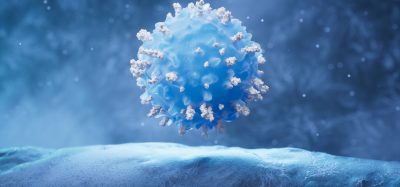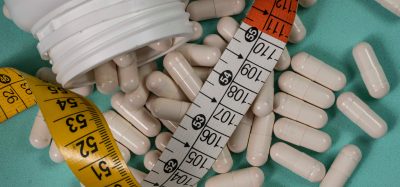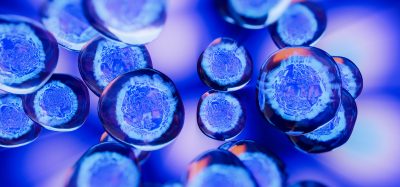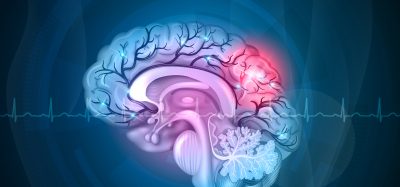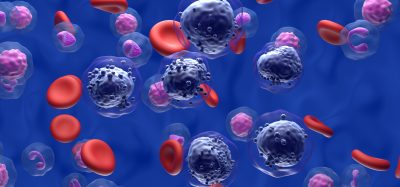New cell therapy improves memory and stops seizures after brain injury
Posted: 18 November 2019 | Rachael Harper (Drug Target Review) | No comments yet
A recent study has shown that transplanting new inhibitory neurons may repair damaged brain circuits.
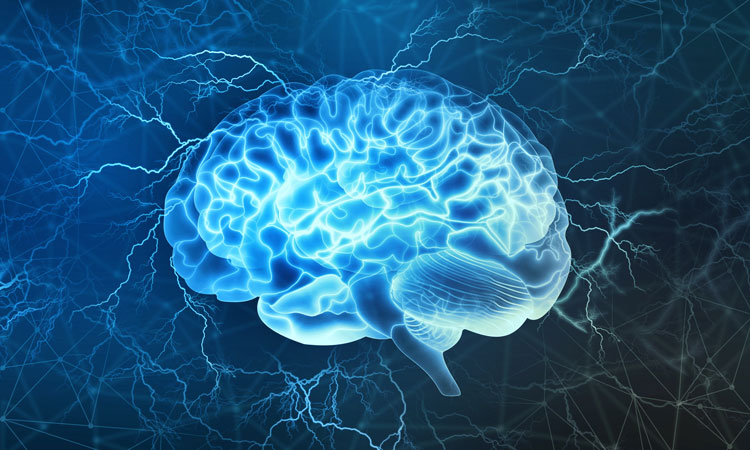

A breakthrough cell therapy to improve memory and prevent seizures in mice following traumatic brain injury (TBI) has been developed by researchers.
In the study, the research team from the University of California, US transplanted embryonic progenitor cells capable of generating inhibitory interneurons (a specific type of nerve cell that controls the activity of brain circuits) into the brains of mice with traumatic brain injury, targeting the hippocampus.
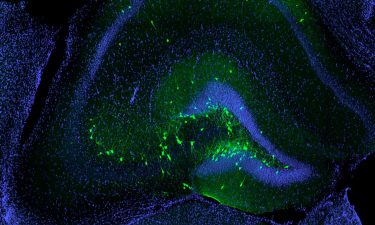

These are transplanted inhibitory neurons (green) successfully incorporated into the hippocampus of a mouse with traumatic brain injury (credit: UCI School of Medicine).
The researchers discovered that the transplanted neurons migrated into the injury where they formed new connections with the injured brain cells and thrived long term. Within a month after the treatment, the mice models showed signs of memory improvement.
Biomarkers aren’t just supporting drug discovery – they’re driving it
FREE market report
From smarter trials to faster insights, this report unpacks the science, strategy and real-world impact behind the next generation of precision therapies.
What you’ll unlock:
- How biomarkers are guiding dose selection and early efficacy decisions in complex trials
- Why multi-omics, liquid biopsy and digital tools are redefining the discovery process
- What makes lab data regulatory-ready and why alignment matters from day one
Explore how biomarkers are shaping early drug development
Access the full report – it’s free!
The cell transplants also prevented the mice from developing epilepsy, which affected more than half of the mice who were not treated with new interneurons.
“Inhibitory neurons are critically involved in many aspects of memory, and they are extremely vulnerable to dying after a brain injury,” said Robert Hunt, PhD, assistant professor of anatomy and neurobiology at UCI School of Medicine who led the study. “While we cannot stop interneurons from dying, it was exciting to find that we can replace them and rebuild their circuits.”
To further test their observations, the team silenced the transplanted neurons with a drug, which caused the memory problems to return.
“It was exciting to see the animals’ memory problems come back after we silenced the transplanted cells, because it showed that the new neurons really were the reason for the memory improvement,” added Bingyao Zhu, a junior specialist and first author of the study.
“So far, nobody has been able to convincingly create the same types of interneurons from human pluripotent stem cells,” Hunt concluded. “But I think we’re close to being able to do this.”
The study was published in Nature Communications.
Related topics
Drug Targets, Gene Therapy, Neurons, Regenerative Medicine, Stem Cells, Targets
Related conditions
Traumatic brain injury
Related organisations
University of California (UC)
Related people
Bingyao Zhu, Robert Hunt PhD



